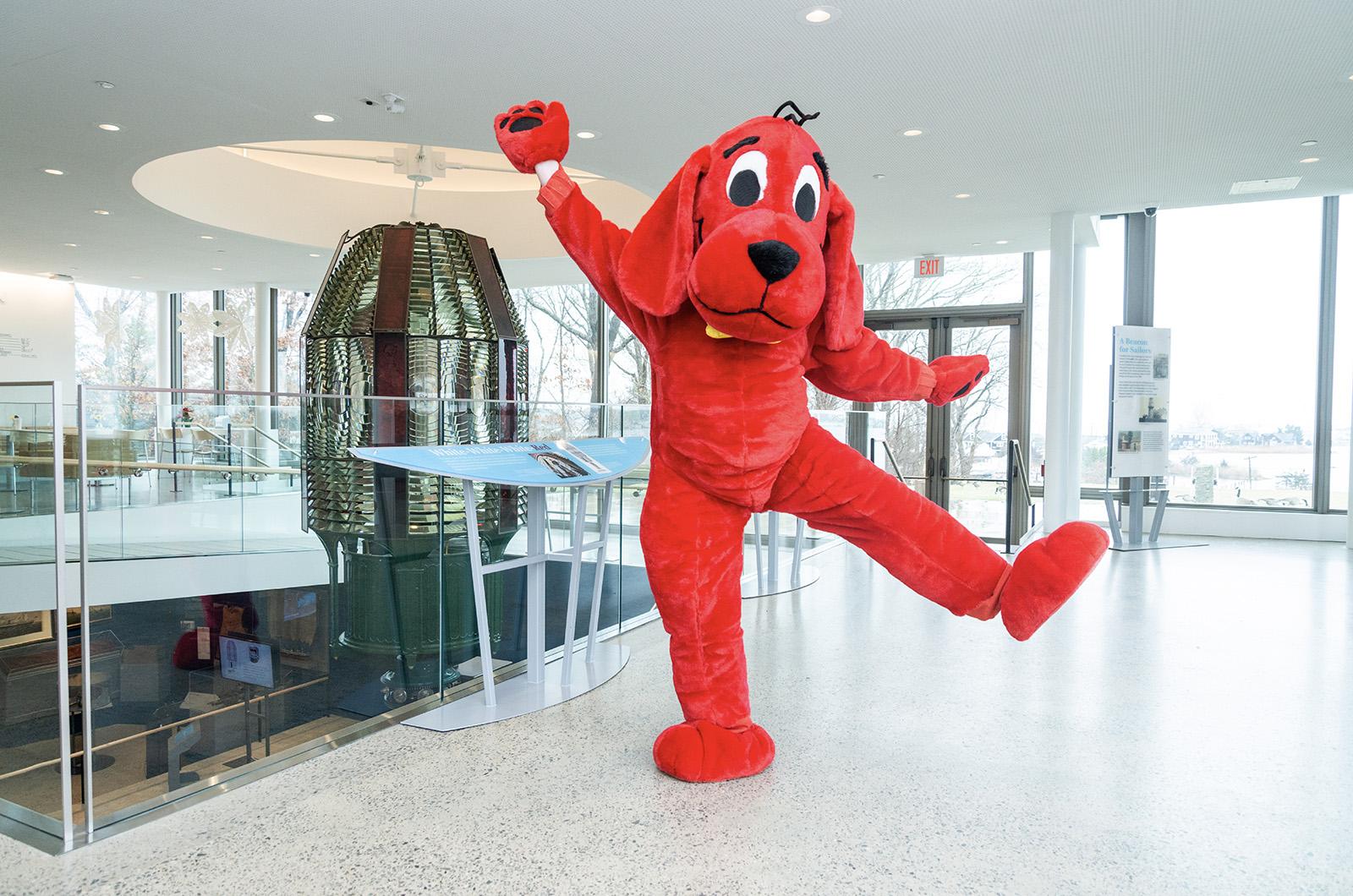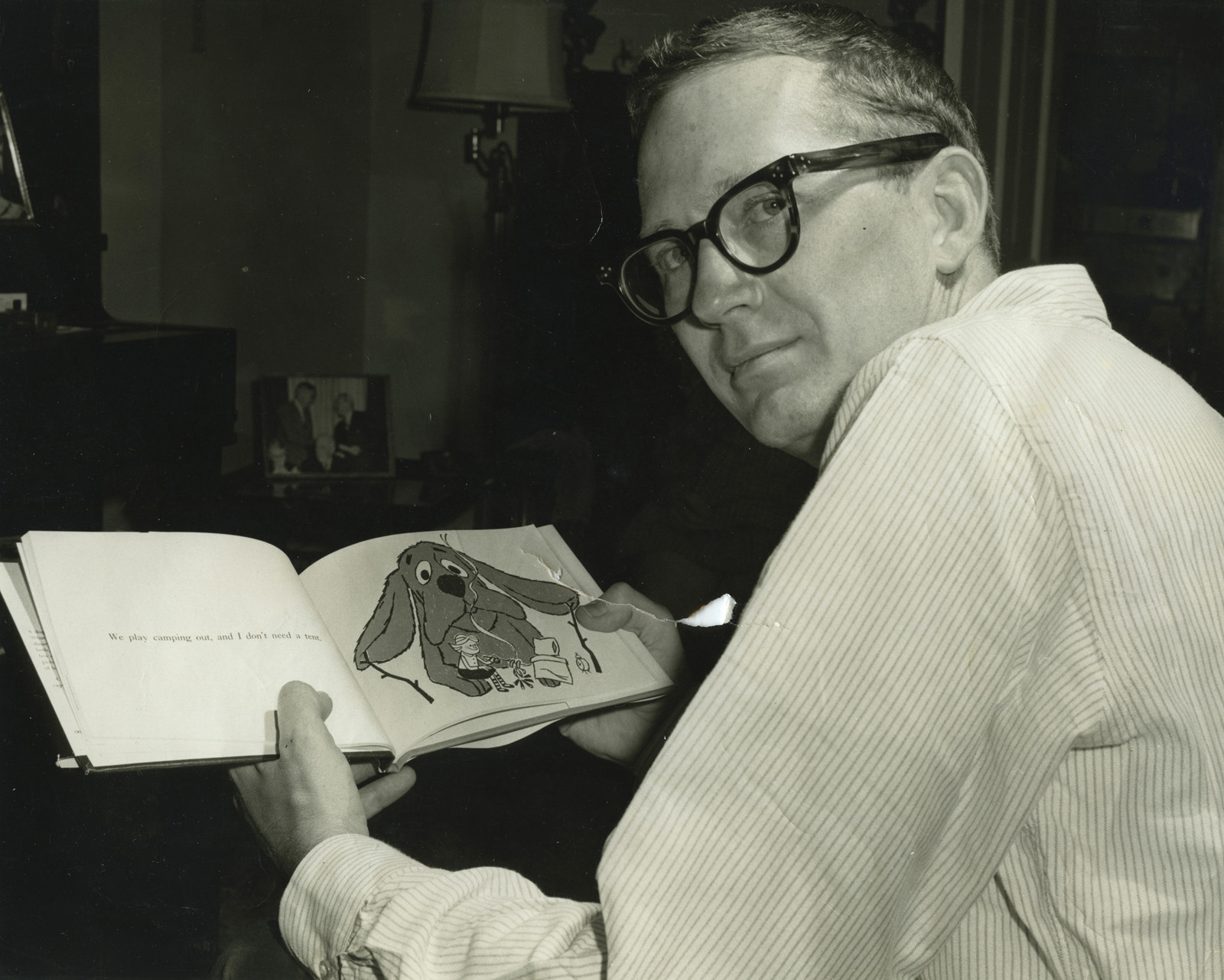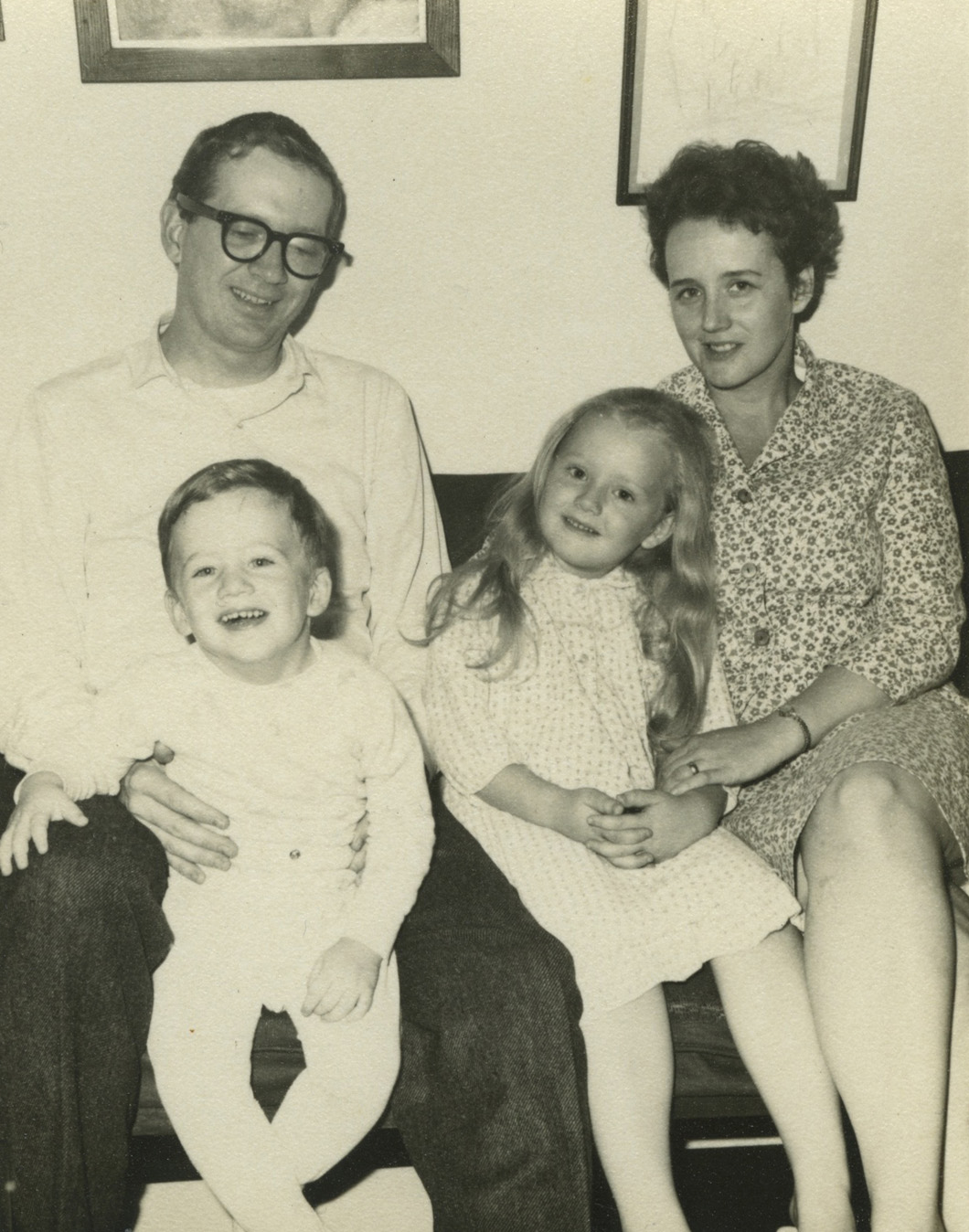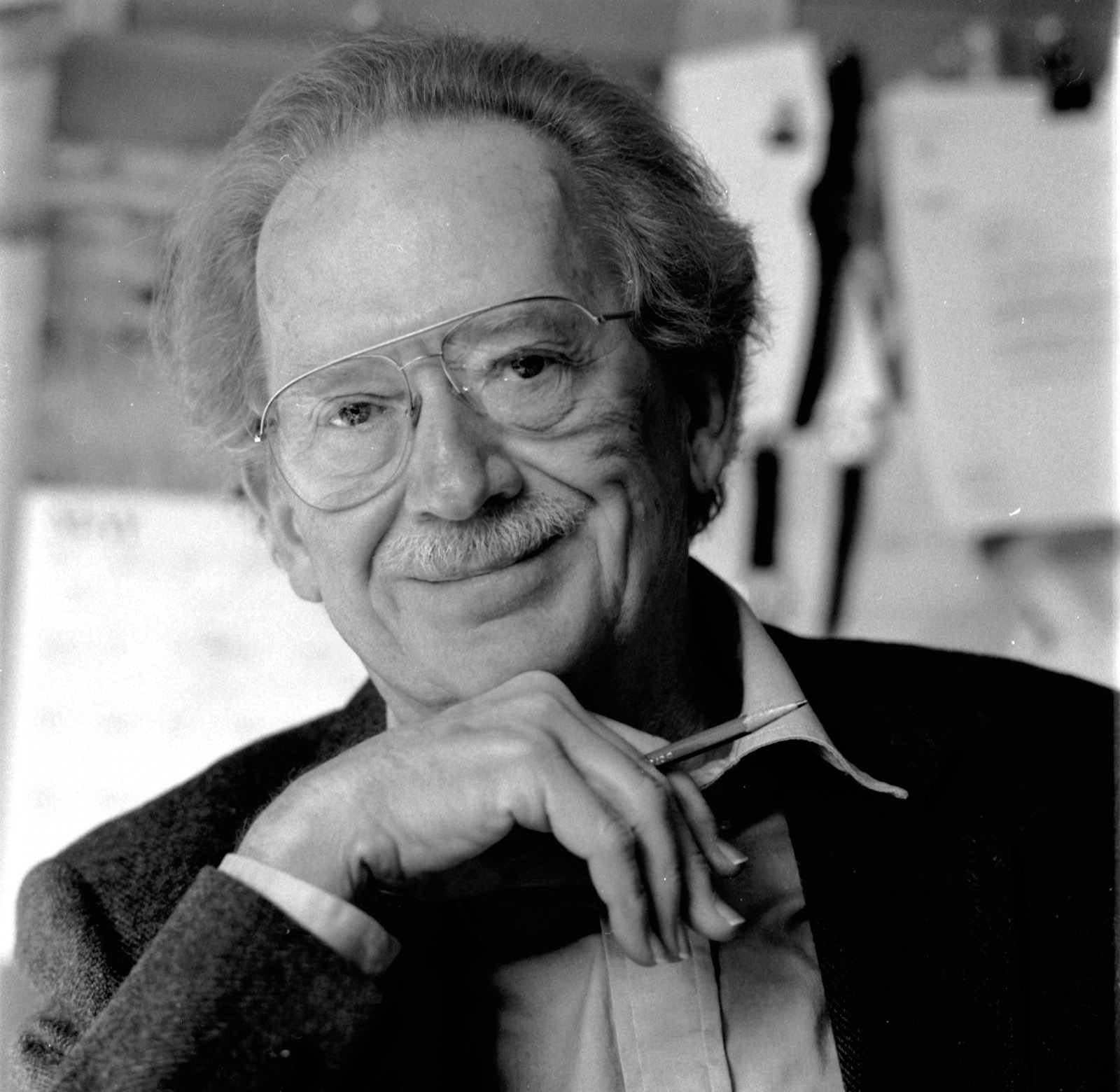It was the summer of 1962, New York City. The air was hot, the baby was crying and freelance artist Norman Bridwell was making little money.
Mr. Bridwell had found little success selling his art to publishers then, he recalled in a 2011 interview with Island oral historian Linsey Lee.
“Nobody was the least bit interested,” he said.
At the recommendation of one publisher, though, he decided to flesh out an idea from one of his sample paintings.
“In three days’ time, I made this story, about this dog named Clifford,” he said.
Soon after, he got the call: Scholastic wanted to publish his book. “My voice, I was almost strangulated, I said ‘yes, yes!’” he recalled to Ms. Lee.
Clifford the Big Red Dog has since become an international icon, selling millions of books and spawning several animated television shows and a 2021 feature length film.
A new exhibit at the Martha’s Vineyard Museum, Clifford: Our Big Red Dog, will delve into the Clifford phenomenon and the life of Mr. Bridwell, a longtime Vineyard resident. The museum will host an exhibit opening ceremony Saturday, from 10 a.m to noon.
Living in a modest Edgartown home with his wife Norma from 1967 until his death in 2014, Mr. Bridwell left an indelible mark on the Island community.
“Everyone who talked to him has a wonderful story about him,” said Kate Logue, associate curator of exhibitions at the museum. “He was just very kind and gentle, and great with the kids, and gave the world this wonderful thing.”
In the new exhibit, Ms. Logue said the museum plans to create an experience that engages adults and children alike.
“We’ve been trying to do a couple more exhibits that are more specifically geared towards kids and family,” she said. “What better entrance for kids than Clifford?”
A large portion of the exhibit, Ms. Logue said, will focus on Mr. Bridwell’s creation, showcasing the techniques that went into making the books and featuring interactive components allowing children to make their own Clifford.
Another exhibit room, she said, will delve into the artist himself and the connection he made to the Island community.
The ability to write books during the quiet off-season on Martha’s Vineyard was a key part of the series development, Emily Elizabeth Bridwell, Norman’s daughter and the namesake of Clifford’s owner, said in an interview with the Gazette.
“Thinking about him down in New York City, year after year, trying to write a Clifford book, I don’t see him as being as successful [there],” she said.
The Island, and Edgartown, was a very different place back then, recalled Tim Bridwell, Norman’s son, who was three when the family relocated.
“It was a quiet place. And as a family that came from New York, we really felt welcome,” he said. “We had Bettencourts on either side, you know, and people would come across the lawn with a pot of kale soup. The Portuguese . . . connection was really strong then.”
Growing up, Tim said, the family wasn’t often confronted with the fame of their father’s creation, though there was always a boost of attention from other kids when the Scholastic book fair came to school.
“The Vineyard was pretty discreet,” he said. “We thought, oh, you know, it’s normal to have your parents in the house painting or drawing.”
Martha’s Vineyard, meanwhile, influenced Norman’s creations as well, Ms. Logue said. The PBS animated Clifford show, for instance, takes place on the fictional, rural Birdwell Island, a play on the author’s last name.
“I liked the parallel in the Clifford story, where Clifford was also born in the city . . . but he was a little too big for the city, so he went to the country,” she said.
In addition to pieces of artwork from the museum collection and the Bridwell family, Ms. Logue said they will also feature a reproduction of Norman’s original painting that inspired Clifford, now at the Smithsonian.
“He’s got a bit more jowl,” Ms. Logue said, of the then-unnamed red dog, a more houndlike character about the size of a horse, shielding a little girl from the rain.
The inspiration for the character, Norman said in his 2011 interview with Ms. Lee, came from a childhood dream he had of owning a horse-sized dog.
“Being a child, I read in Europe that there were dogs that could pull carts, and I thought ‘Wouldn’t it be nice to have a dog that big?’” he said. “There’s no process, it just came to me. It felt natural.”
As for the stories of the Clifford books, Norman told Ms. Lee the formula was simple.
“His main purpose in life is to get into trouble and get out of it,” he said. “He just is the kind of dog who tries to do his best, and because of his size, sometimes things go wrong . . . Emily’s never really angry with him.”
Clifford is a peaceful dog . . . he’s just the kind of dog you’d like to have.”
That simple story has resonated with generations of children since the first book was published in 1963. Despite all the international attention, Tim said his father’s local reputation still holds a special place for the family.
“You don’t always feel the legacy,” he said. “You can see, you know, the movies and TV shows and books in stores and all that, but when the local museum, the Island museum, contacted us about presenting and sort of celebrating him, it meant a lot.”
Clifford: Our Big Red Dog will be open from Jan. 27 through July 14.









Comments (4)
Comments
Comment policy »